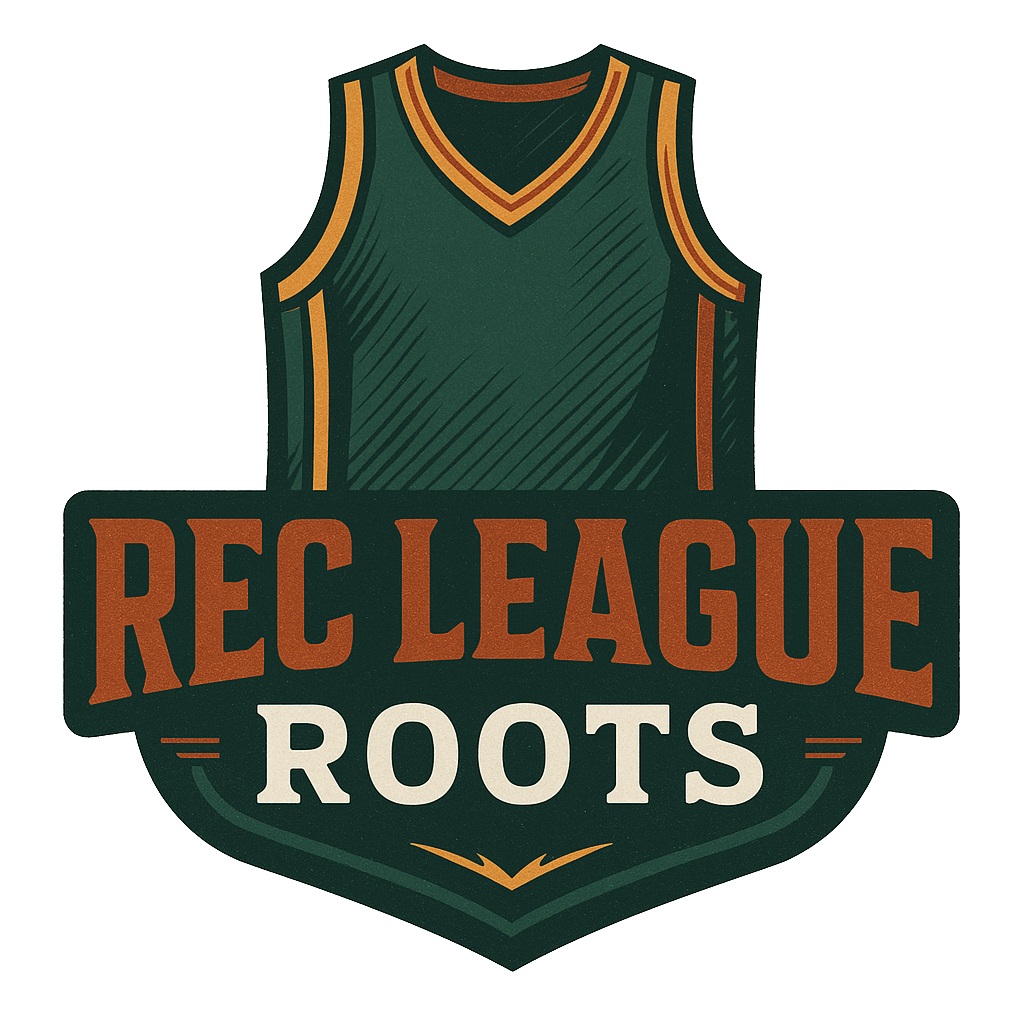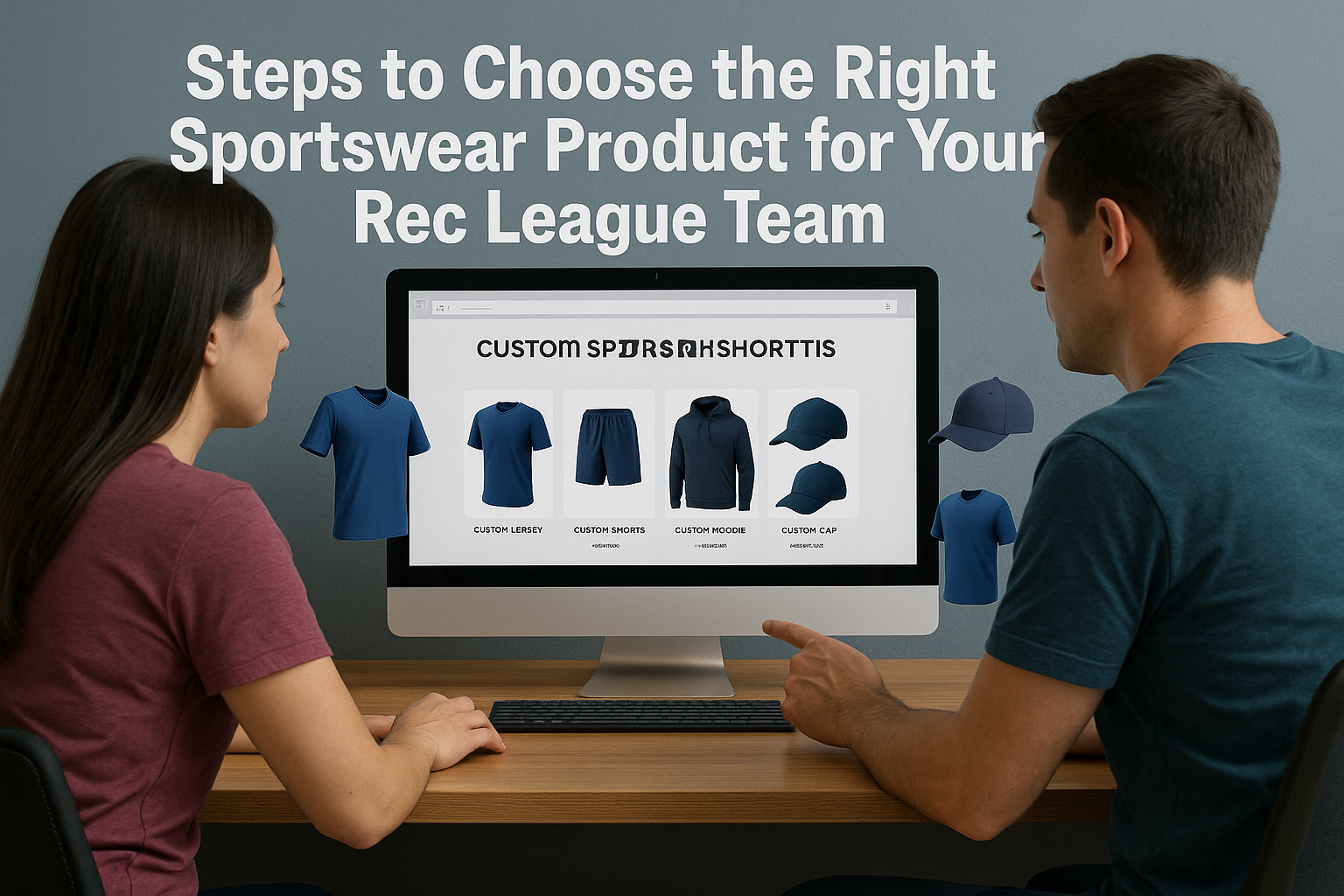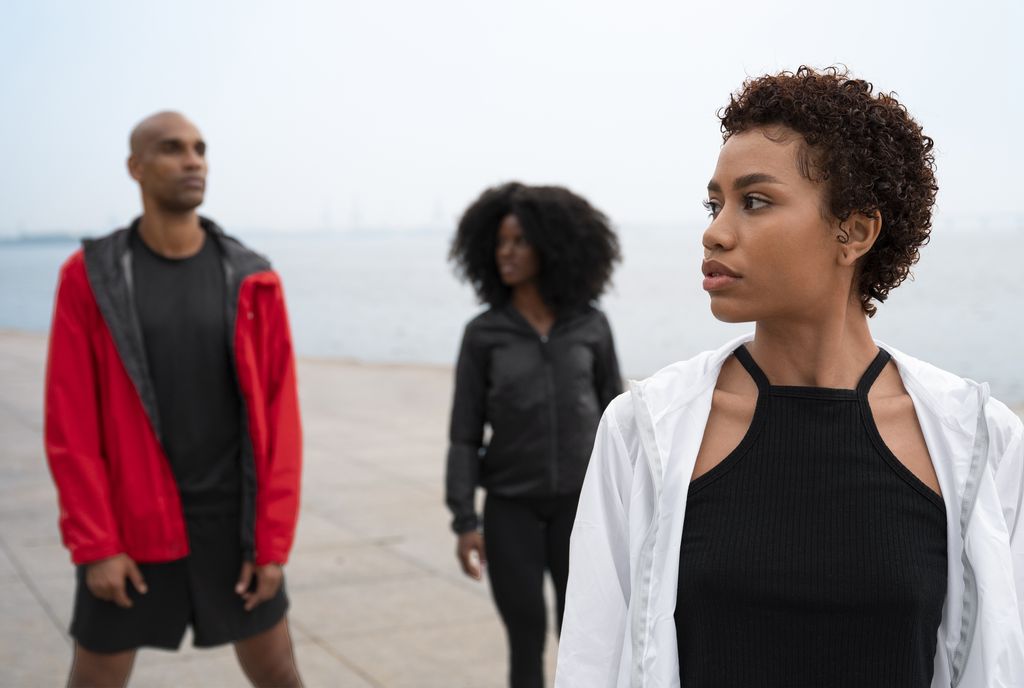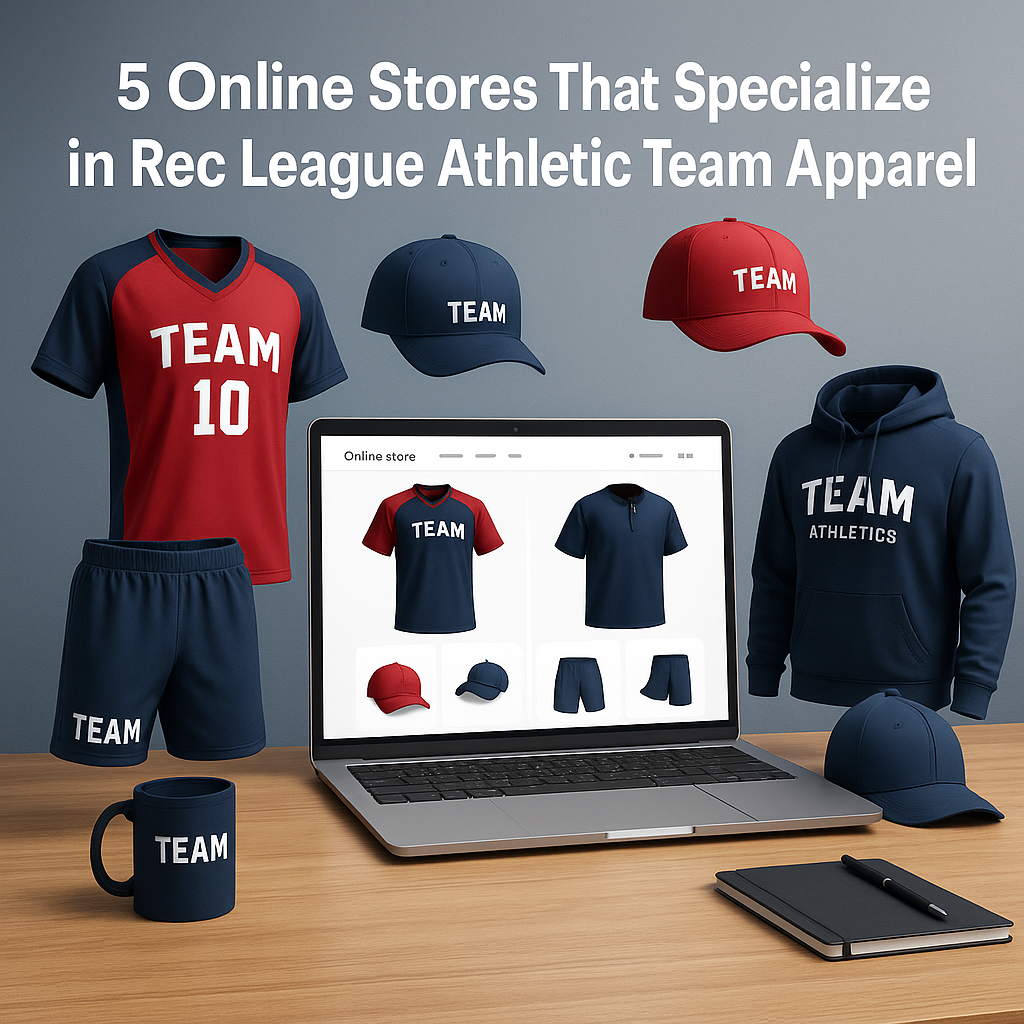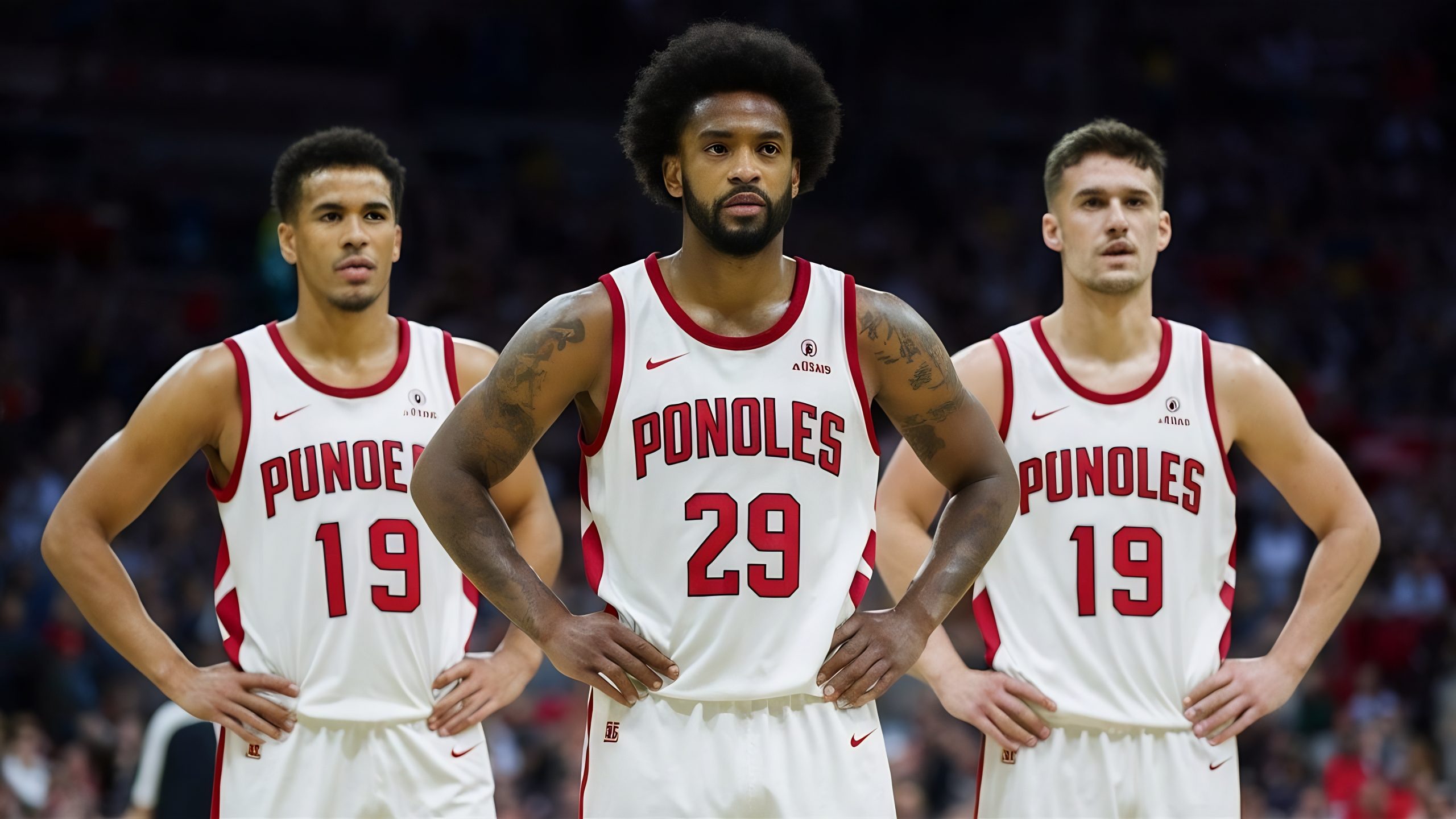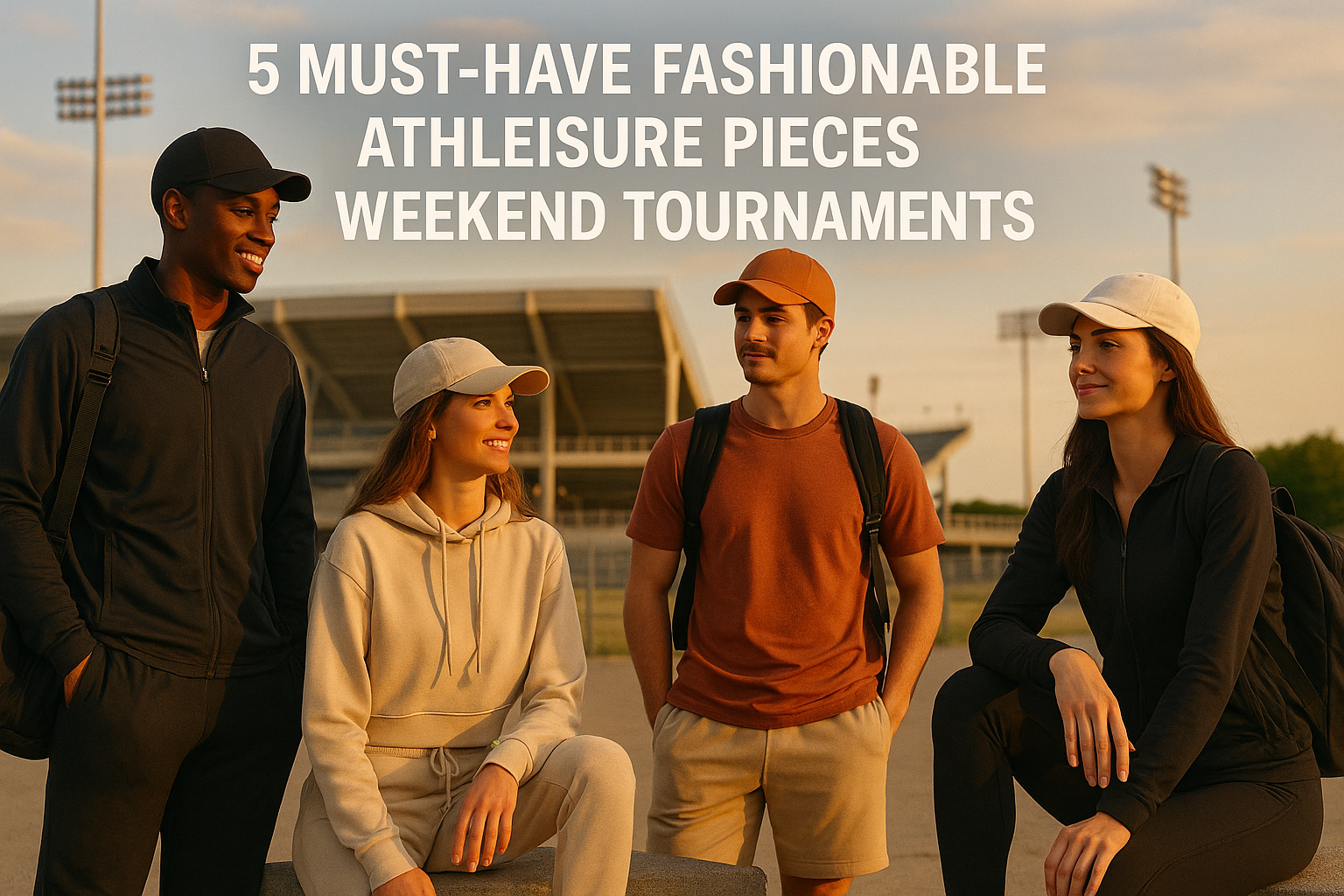Why the Right Sportswear Product Matters
Choosing the right sportswear product is key for your rec league team’s performance and style. Many people mistakenly believe that any athletic outfit will do the job.
But the truth is that your clothing can either boost team unity or cause frustration on the field. According to data from zipdo.co, 65% of athletes say they feel more confident in well-fitted uniforms. That confidence can carry over into how they play and interact with teammates.
Beyond looks and morale, the right sportswear product also impacts comfort and safety. Research shows that snug but flexible uniforms can reduce chafing and minor injuries by about 20%.
When your athletes feel supported, they can push themselves harder without worrying about discomfort. This is why understanding each element of sportswear—from fabrics to fit—matters so much if you want to keep your rec league team competing at its best.
Step 1: Purpose of Your Sportswear Product
Before you browse the shelves or click through online catalogs, think carefully about the purpose of your sportswear product. Different sports have different needs. For example, soccer teams may lean toward form-fitting uniforms for agility, while a basketball team might want looser fits for a wider range of motion. Even within the same sport, there can be varying needs based on individual positions and roles.
Maybe you’re forming an adult beginner league, or you’re a boutique apparel brand looking to elevate your designs. Knowing your goal will help you narrow down which features matter most. If your longtime aim is to boost team spirit, you might focus on bright, custom designs.
If you want to improve player performance, explore compression materials or moisture-wicking fabrics. Determining the purpose up front will ensure your sportswear product matches the real-world demands of your league.

Step 2: Research the Right Fabrics and Fit
Sportswear has come a long way, especially with modern inventions like moisture-wicking fabrics. These materials draw sweat away from the skin so it can evaporate quickly, keeping players dry.
If you’re choosing gear for a running league, look for high-elastane content or compression materials to reduce muscle fatigue and improve circulation. According to zipdo.co, 68% of runners prefer uniforms that have stretch zones for unrestricted movement.
Fit is just as important. Although a baggy design might seem comfortable, it can add drag or get in the way during fast-paced play. Several soccer teams now opt for form-fitting jerseys, which can improve agility and aerodynamics by up to 12%. You’ll also find data linking a snug fit to a reduction in muscle strain injuries. Focus on how the uniform conforms to the body, especially around the legs, arms, and torso.
Step 3: Prioritize Comfort and Design
When it comes to sportswear product choices, comfort shouldn’t be neglected for style. Ergonomics play a big role in preventing chafing or friction burns. Soft seams, tag-free collars, and stretch panels all contribute to better comfort.
If your league involves contact sports or frequent physical movement, you’ll want to pay close attention to the details. According to the same studies from zipdo.co, uniform styles that cut down on rubbing and irritation can reduce minor injuries by 20%.
At the same time, design goes beyond visuals. Teams with sharp-looking uniforms tend to feel a stronger sense of unity and pride. According to industry data, about 60% of consumers are more likely to purchase uniforms they find visually appealing.
If you’re a boutique brand, consider using 3D design software like CLO 3D to visualize how prints and patterns will look on actual body shapes. On-demand digital printing also makes it simpler than ever to produce eye-catching designs.
Step 4: Durability
Durability helps ensure your sportswear product stands up to the wear and tear of weekly games or intense training. You don’t want your uniforms falling apart mid-season. Fabric blends that include polyester or nylon often have strong resilience.
Look at stitching quality, too, as it can make a major difference, especially around high-stress areas like shoulders and waistbands. Automated sewing machines, such as those highlighted in arxiv.org, increase precision and limit weak seams.
Step 5: Sustainability
Sustainability is also a growing trend. Eco-friendly materials can boost your team’s reputation and help protect the environment. Many top companies like Patagonia and Columbia Sportswear use recycled polyester or organic fibers. If you’re a rec league that values going green, solutions like 3D knitting produce less waste and reduce the environmental footprint. This design approach knits a three-dimensional garment directly from yarn, minimizing fabric scraps.
Step 6: Look for Customization and Team Identity
Customization is huge for rec leagues that want a team identity. Even if you’re not a pro squad, cohesive jerseys can foster team spirit. Tools like Doogma’s Customization Tool (doogma.com) make it easy to add logos, names, and colors. This service is useful for both large and small leagues that aim to stand out from the rest.
Specialized manufacturers such as Sphere Sport also focus on custom teamwear, helping clubs and rec leagues design apparel that balances performance, durability, and identity.
Additionally, advanced digital printing means you can display intricate patterns or sponsor logos in full color. Some brands even offer AI-driven smart sportswear systems that track player performance and share data in real time.
While this might be more common in professional circles, it’s available to smaller leagues as well if you’re looking for that high-end edge. If you’re designing at a boutique level, consider how your branding elements blend with the overall look. This helps the team feel unified both on and off the field.
Step 7: Budget, Test, and Gather Feedback
Your budget plays a big role in which sportswear product you ultimately choose. High-performance gear with cutting-edge materials might cost more up front, but it could last longer, saving you money in the long run.
Some rec leagues start modestly, then add features once they grow in size or attract sponsors. Others might invest right away in a custom design that lasts multiple seasons.
Before you send in your final order, try testing sample products with a few team members. Gather feedback on fit, comfort, and appearance. Ask how players feel after wearing the uniform during a practice session. This step can uncover small issues that you still have time to fix.
Also, keep track of how well the garment holds up in the wash or under intense activity. In some cases, small changes—like adding a moisture-wicking panel or adjusting sleeve length—can go a long way toward making your team happier.
Conclusion
Picking the perfect sportswear product for your rec league might seem like a big task, but using these seven steps will guide you through each stage of the process. First, understand your team’s purpose and identify the blend of performance and design needed for your specific sport.
Then, focus on the details, from fabric technology to ergonomic fit. Don’t forget that appearance matters too, both for confidence and team branding. Companies like Nike, Adidas, and Under Armour each offer unique takes on fabrics and design, while sustainable brands like Patagonia and Columbia are ideal if eco-friendly materials are your priority.
By the time you reach your final decision, you’ll have a sportswear product that boosts confidence, meets performance demands, and looks great in action. Whether you’re managing a casual weekend league or creating a boutique apparel line, the right uniforms can help you stand out.
With new tools such as 3D design software and automated sewing machines, you have many options to customize a solution. Ultimately, a carefully chosen sportswear product makes all the difference, helping your team stay motivated and eager for every game.
